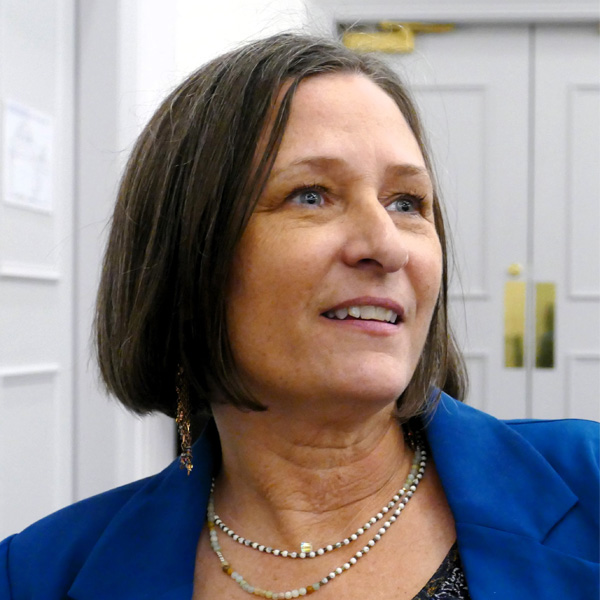Texas regulators on Nov. 14 approved the state’s first utility resiliency plan, a $3 billion proposal from Oncor to bulk up its distribution system over the next four years to better withstand and more quickly recover from extreme weather and other events (56545).
The Oncor System Resiliency Plan includes measures to mitigate wildfire risk, strengthen its overhead and underground distribution systems, protect against lightning strikes, expand vegetation management programs, implement physical security at critical facilities and strengthen the digital capability of its system against cybersecurity threats.
Oncor in August reached an unopposed settlement with Public Utility Commission staff, the Office of the Public Utility Counsel, the Alliance of Oncor Cities, the Steering Committee of Cities Served by Oncor, Texas Industrial Energy Consumers and Walmart over the plan.
Brian Lloyd, Oncor vice president of regulatory policy, said the utility worked with the intervenors to expand its vegetation management program in a “proactive, more efficient, cheaper manner” before storms hit, rather than cleaning up the damage and booking the costs after.
“We do believe this plan ultimately will mean we avoid costs,” he told the PUC commissioners during their open meeting. “The post-storm vegetation management is the most expensive vegetation management you can do, so by moving that ahead and doing it proactively, using our new technology to really tackle where that vegetation is grown the fastest, we do believe, over time, it’s going to have a significant impact.”
“Obviously, a lot of work went into this. Staff, all the intervenors, but definitely Oncor as well,” PUC Chair Thomas Gleeson said. “Going first is never easy. Thank you for working to get us a plan that we could ultimately support and that got broad-based support.”
“These investments have been methodically selected to have the greatest impact in proactively addressing potential outage causes,” Oncor CEO Allen Nye said in a statement. “And even more important to the people we serve, it will also substantially reduce outage minutes.”
Under House Bill 2555 passed by the 2023 Texas Legislature, electric utilities must file resiliency plans with the PUC. They must include measures that help prevent, withstand, mitigate or more promptly recover from resiliency events (e.g., extreme weather, wildfires and cybersecurity or physical security threats).
The commission also is reviewing plans filed by AEP Texas, Texas-New Mexico Power and Entergy Texas.
CenterPoint Audit
The PUC agreed to conduct a “management audit” of CenterPoint Energy over its post-storm recovery performance this year, meeting a request from Texas Lt. Gov. Dan Patrick, a Houston resident, during a rare public hearing in the city in October. (See Texas Politicos, Residents Bash CenterPoint.)
The commissioners directed staff to prepare a request for proposals for a third party to conduct the audit and deliver its findings in April. Gleeson said that will allow the commission to hand over findings and any recommendations to state lawmakers before they adjourn their biennial session in May.
“I think there are a few things we can look at, [like] CenterPoint’s policies and procedures when procuring goods from a third party,” Gleeson said, an apparent reference to the utility’s $800 million lease of portable generators that it was unable to use in restoring power following July’s Hurricane Beryl.
“I think it’s hard for us not to do something here,” Commissioner Jimmy Glotfelty said. “This is [Patrick’s] backyard, and he has been a part of this recovery from this hurricane since the very beginning. I think that we owe it to him to find some more answers, and this is an appropriate way to do so.”
The audit is separate from the PUC’s investigation into CenterPoint’s and other Houston-area utilities’ performance during Beryl and a May derecho that took out a major 345-kV transmission line. A report is due to Gov. Greg Abbott and the legislature by Dec. 1.
The commission also was prepared to rule on CenterPoint’s request to withdraw a $60 million rate case filed earlier this year, but the utility notified the PUC on Nov. 8 that it was withdrawing its request. CenterPoint said it instead would continue settlement negotiations with cities and consumer representatives that it had earlier claimed would distract it from its efforts to improve resilience and regain public confidence (56211).
The consumer groups have argued that CenterPoint overcharged customers by more than $100 million during the 2023 test case. The utility said withdrawing the rate case would have allowed it to use 2024 as its test year.
“We obviously heard from folks in Houston; we heard from the lieutenant governor and multiple members of the Senate on this,” Gleeson said. “I’m glad that they withdrew their appeal, and I look forward to this rate case.”
